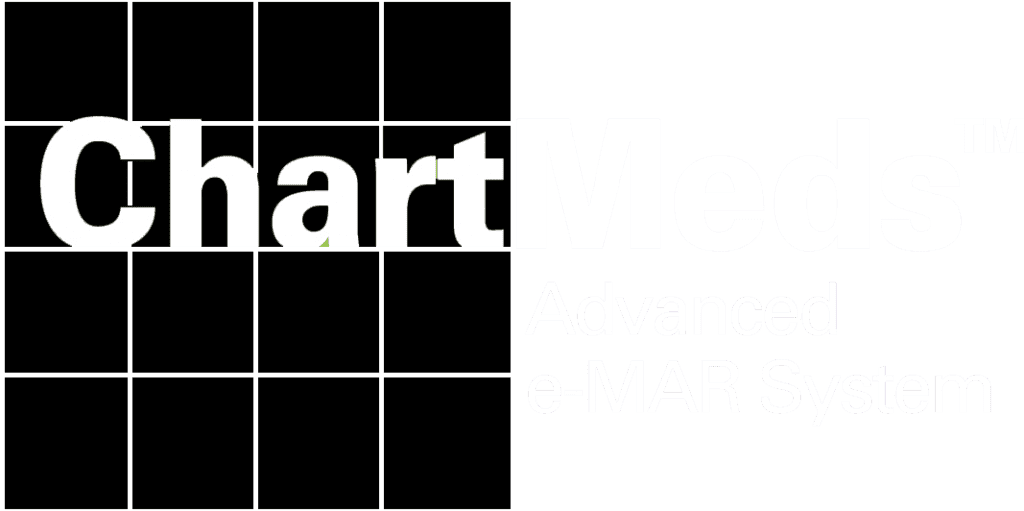Return on investment (ROI) is a fundamental financial ratio used for evaluating the worthiness of investments.
Calculating ROI helps investors, business owners, and managers to decide whether or not to proceed with major investments or purchases. ROI paints a simplified yet useful picture of whether or not an investment may pay off over time.
For healthcare organizations, ROI is an important tool for assessing major expenses and investments such as equipment purchases or hiring decisions. ROI may also be viewed outside of financial terms, considering goals that aren’t necessarily directly tied to profitability, such as improvements in readmission rates or patient satisfaction ratings.
In this guide, we’ll present a primer on ROI in healthcare, including financial and non-financial considerations. Also, we’d like to understand how your key metrics compare to others. Take this brief survey to see how your current healthcare metrics stack up against the averages.
Why Measuring ROI Needs to Start with a Baseline
When measuring ROI, you need to start with a baseline, which is the state of something prior to a change being made. Essentially, it is the metrics that you compare against to see if the changes you have made have produced a positive, negative, or neutral effect. This “change” is often financial and could refer to anything from investing more capital into an aspect of your operations, adjusting staff compensation, increasing advertising budgets, and any other similar investment.
Let’s use a hypothetical scenario that illustrates the value of a baseline in measuring ROI. Meet Dr. Jones. He runs the “Healthy Life Medical Practice,” a bustling mid-sized healthcare facility in a suburban neighborhood. He wants to invest in a new Electronic Health Records (EHR) system to streamline operations, hoping to improve the efficiency of patient care and administrative tasks.
Before deciding to make this investment, Dr. Jones needs to understand what return on investment (ROI) he might expect from the new system. To do this, he needs to establish a baseline – a starting point that he can compare future results against.
The baseline metrics Dr. Jones decides to track include:
-
- Average time spent on administrative tasks per patient: This includes tasks like paperwork, scheduling, billing, and manually entering patient information into their current system.
-
- Average time spent on patient care: This includes the time doctors, nurses, and other staff spend seeing patients, performing medical procedures, and discussing care options.
-
- Revenue and costs: This includes the total revenue earned from patient care, the operational costs (including staff salary, office rent, utilities, supplies, etc.), and specific administrative costs.
-
- Patient satisfaction rates: He uses patient surveys to measure their overall satisfaction with their experience at his practice.
Now, imagine it’s a year before the EHR system is purchased and implemented. Dr. Jones records all these baseline metrics. For instance, they find out that their team spends an average of 30 minutes per patient on administrative tasks, has an average of 45 minutes per patient for care, they have a certain profit margin, and their patient satisfaction rate is 80%.
Fast forward a year, the EHR system has been fully integrated into their practice. Now Dr. Jones measures the same metrics again.
He finds that the average time spent on administrative tasks per patient has dropped to 15 minutes. The average time spent on patient care has increased to 50 minutes per patient. The reduced time on administrative tasks has allowed more patients to be seen, increasing revenue. Meanwhile, the costs have only increased slightly due to the costs of the EHR system. Furthermore, patient satisfaction has risen to 90%.
By comparing these current metrics to his baseline, Dr. Jones can clearly see the benefits of his investment. He can calculate the ROI by considering the saved administrative time, increased revenue from seeing more patients, increased patient satisfaction, and comparing this with the cost of the EHR system.
Without that baseline, Dr. Jones wouldn’t be able to quantify the improvements and validate the effectiveness of his decision to invest in the EHR system.
Once you set your baseline, you can track your own metrics after making a similar change to see if it produced a desirable return. Specifically, you can use the baseline for objectives such as:
-
- Data-based comparisons before and after a change is made
-
- Identify the effects of specific changes
-
- Quantify improvements made after a change
-
- Control for external factors like market fluctuations
-
- Set targets for expectations and future performance
The Basics of ROI in Healthcare
In healthcare, ROI isn’t strictly a matter of dollars and cents, because financial metrics are just one of many categories used by healthcare organizations to quantify successes. Therefore, it’s useful for decision-makers to separately consider both financial ROI and non-financial ROI.
Financial ROI in healthcare meets the standard definition of ROI—a ratio for determining the monetary worthiness of an investment.
Meanwhile, non-financial ROI accounts for measurable benefits that are worth investing in but are less defined by monetary outcomes.
Now, let’s take a closer look at both financial and non-financial ROI in healthcare.
Financial ROI in Healthcare
ROI is a ratio that’s often expressed as a percentage.
You can calculate ROI by dividing the net profit of an investment by its initial cost. An ROI over 1 is positive and an ROI under 1 is negative. ROI is expressed as a percentage by multiplying by 100.
For example, if purchasing a new piece of equipment will cost $100,000 and increase profits by $150,000, the ROI for the investment is 150,000/100,000 = 1.5 or 150%. The investment is a win.
Of course, a positive ROI within a certain time frame isn’t necessarily a must-have for any investment or purchase—it’s simply one useful tool for boiling down certain data into a clear and simple format.
In healthcare, ROI factors into decisions for major spending events such as equipment purchases, software upgrades, and training and development programs for staff. Using ROI calculations, administrators weigh an initial investment against future cost savings or additional revenue generated.
Non-Financial ROI in Healthcare
For industries such as healthcare that serve the greater good, not all returns are monetary.
ROI may be used to evaluate non-financial benefits, especially those that can be quantified in simple terms (e.g., via survey results).
Aside from profit-oriented metrics, ROI can be used to analyze any measure of effectiveness or efficiency, taking into account the needs of any or all stakeholder groups, such as staff, patients, investors, or even society as a whole.
For example, a healthcare organization may make investments toward goals such as:
-
- Improved patient satisfaction
-
- Enhanced quality of care
-
- Reduced hospital readmissions
-
- Increased staff morale and productivity
-
- Increased number of 3-5 star reviews from patients compared to 1-2 star reviews over time
-
- Environmental benefits (e.g. energy efficiency or solid waste reduction)
Progress made on these fronts is measurable, but the objectives aren’t necessarily directly tied to profitability. However, struggles in these areas are noticeable and damaging to an organization’s reputation and well-being.
Not all investments give back more funds than they require, but considering non-financial ROI helps analysts and administrators evaluate value more holistically.
Challenges in Measuring ROI in Healthcare
The scope and complexity of healthcare systems makes it difficult to accurately and succinctly evaluate the potential cost savings, profit generation, or intangible benefits of an investment. To the extent that these values can be boiled down into a brief equation, ROI is useful; but it’s best employed as one item in an analyst’s toolkit, rather than a decisive factor.
However, the more comprehensive, current, and organized your data, the better equipped you are to implement ROI analysis. Teams that effectively use software for unified data and documentation are able to more accurately and flexibly calculate the anticipated returns on investments. These calculations lead to easily-communicated data and recommendations for decision-makers.
Strategies to Maximize ROI in Healthcare
To maximize return on investments, healthcare teams must:
-
- Use data to continuously monitor and evaluate performance and identify areas for improvement
-
- Collaborate with stakeholders to ensure alignment of goals
-
- Consider both financial and non-financial ROI
-
- Prioritize investments with the highest potential ROI
While ROI paints a limited picture, it’s a useful tool for analyzing the worthiness of investments and demonstrating the reasoning behind decisions to stakeholders.
Want to See How Your Metrics Compare?
Take just a few moments to complete this anonymous survey comparing what healthcare metrics you track and how your numbers stack up against the averages. You may discover areas needing more attention. Take the survey here.
Maximize ROI Without Overwhelming Your Staff
Managing your revenue cycle effectively is critical for the financial health of your healthcare organization. But it can also quickly become complex and time-consuming for your administrative staff.
That’s why outsourcing medical billing and revenue cycle management to experts can be a smart strategic move. It allows your staff to focus on quality patient care, while optimized systems and specialized staff work in the background to maximize your revenue.
Integrative offers full-service revenue cycle management solutions. Our years of healthcare administration and IT experience, combined with our SMART Health Claims software, help streamline processes to get you paid faster and more accurately.
We handle everything from eligibility checks, claims generation and scrubbing, coding services, denial management, rejections follow-up, payment posting, reporting, and more. And we offer flexible options, so you can choose to outsource some or all revenue cycle components based on your needs.
Track Your Healthcare ROI Better with Integrative
If your team needs more precise and user-friendly analytic tools for tracking ROI and managing financials, Integrative can help. Connect with our team today to discuss software solutions for your healthcare organization.









